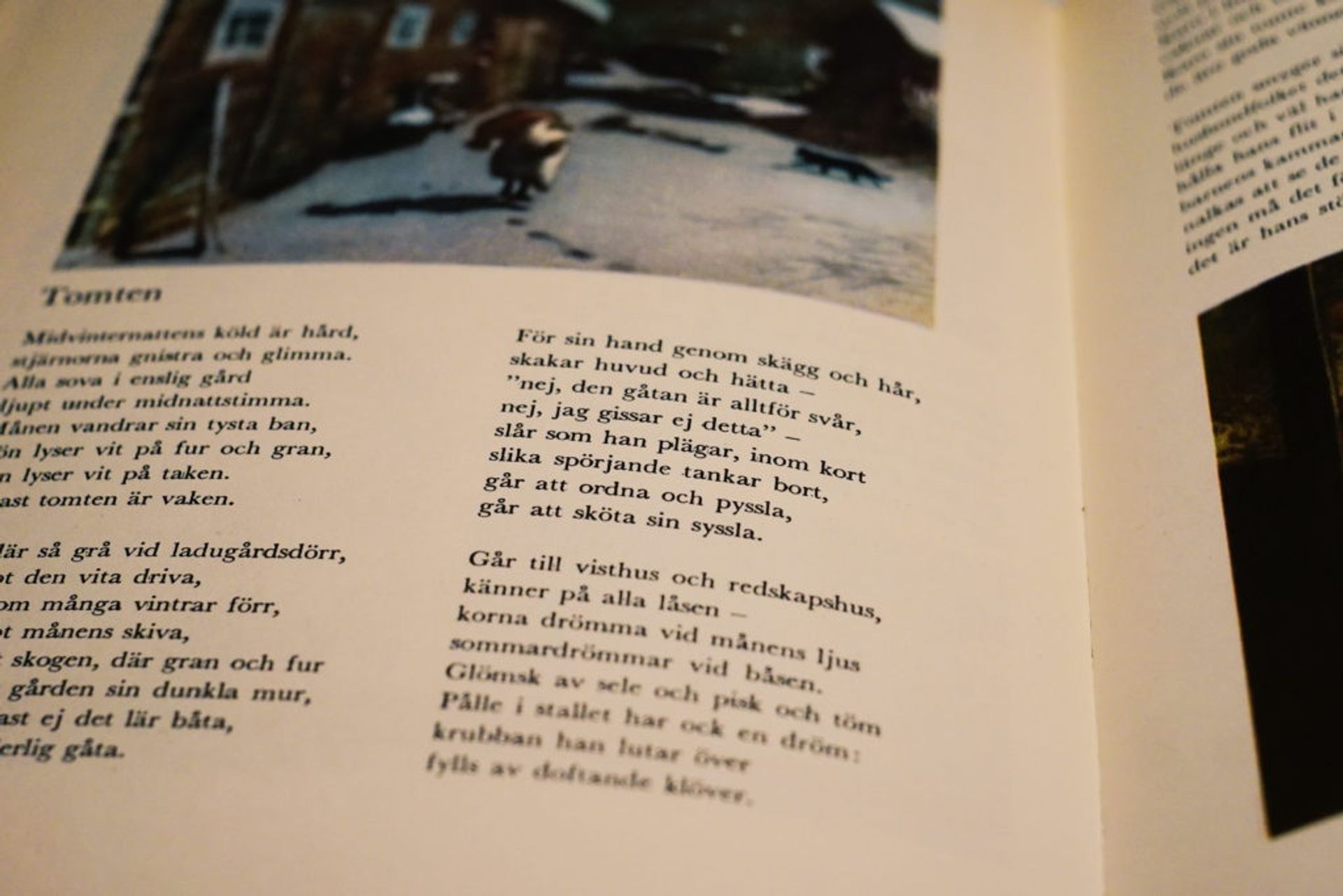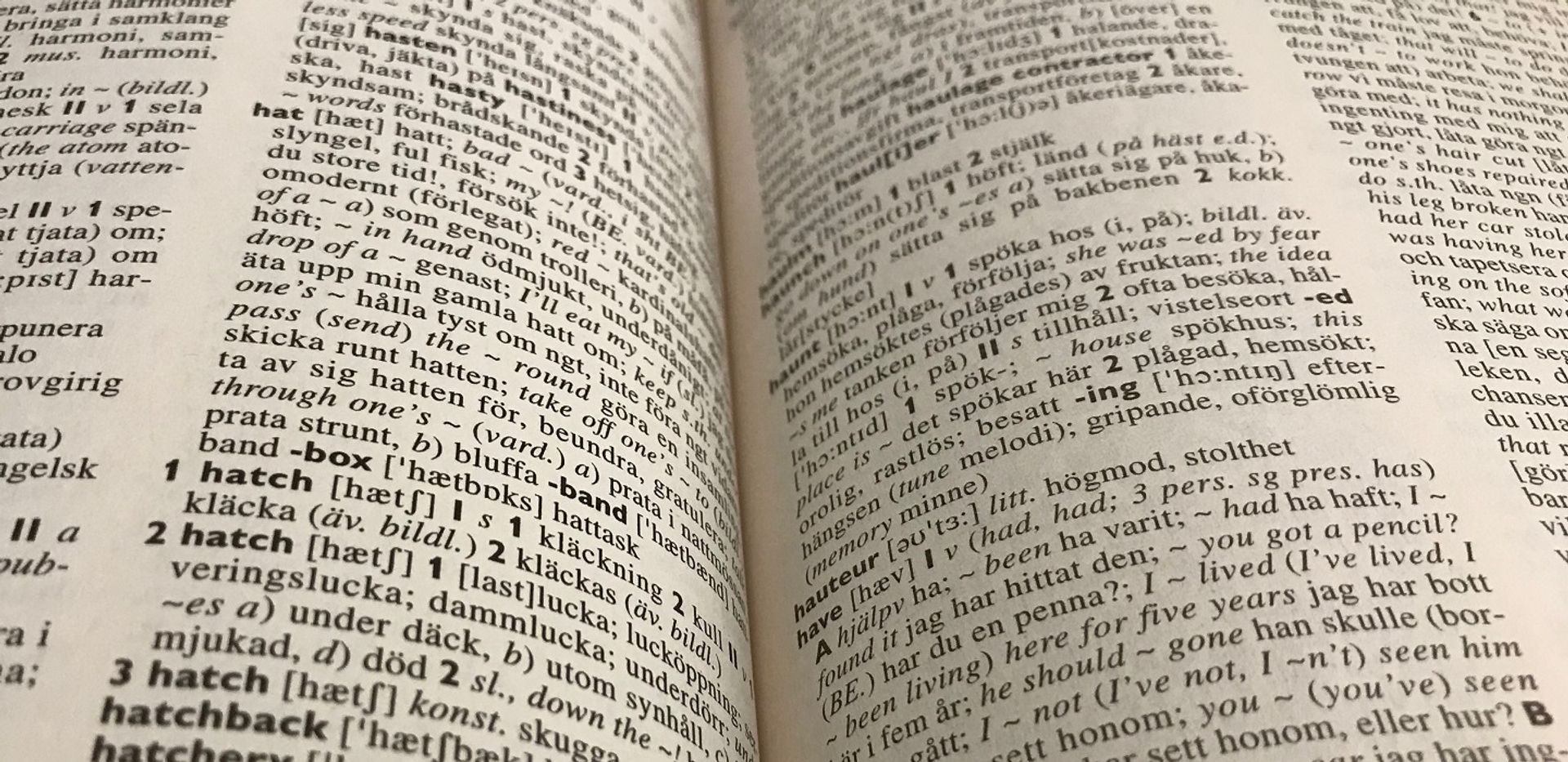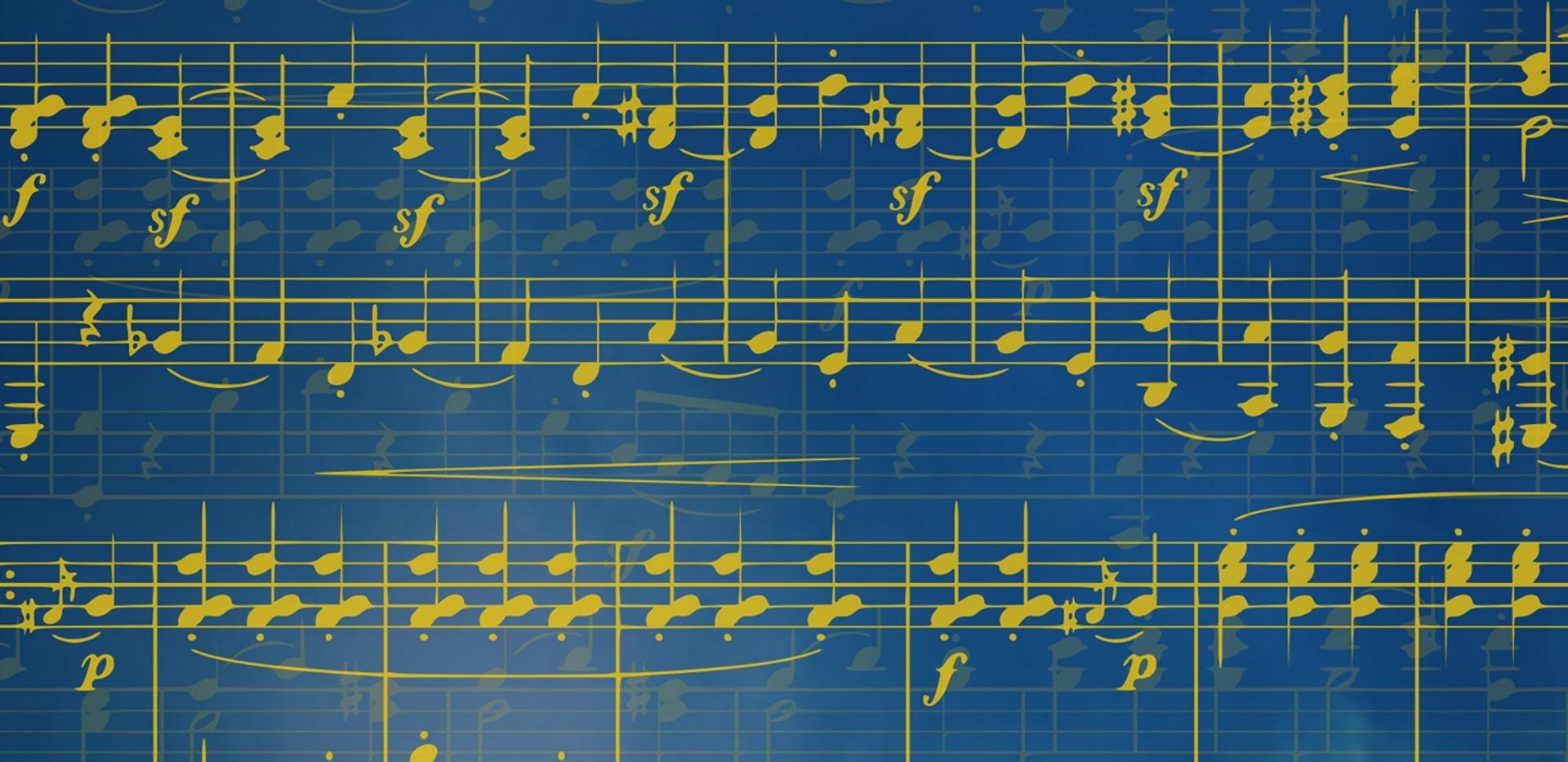
Written by Usisipho
04 May 2019
Recently I wrote a post about Swenglish – how Swedes speak English. There was some interest in a follow-up about how English-speakers speak Swedish. So here it is, with a few common errors to watch out for!
Capitalisation
Proper nouns (names of places, people, institutions, books/films etc) are capitalized in English. In Swedish, it’s a little different. For example, in Swedish my university would be written as Chalmers tekniska högskola. In English, it’s Chalmers University of Technology. Notice the slight difference in capitalization!
Confusing a, ä, and å
At first, I found it difficult to remember how to spell and therefore pronounce words that had a, ä or å in them. I often just couldn’t remember which of the letters it was! This usually happens when I’ve only read the word, and not heard it out loud.
For example, I was having a discussion about academic writing with a friend the other day. We were talking about how it’s possible to have an underlying idea throughout a piece of text. Absent mindedly I said “Yes exactly, a röd träd (red tree)!” He looked at me confused and I realized my mistake. “Röd tråd (red thread), that’s what I meant.”

Pronunciation
The sj sound
The notoriously difficult to pronounce sound for English speakers learning Swedish. I think it’s because there is no equivalent sound in English. For an example of that listen to how to pronounce the word “sjuk” here. ↗️ The best way I can describe it is that it sounds close to (but not the same as!) the soft ch sound in German, for example in the word “ich”. I’ve noticed that English speakers generally pronounce it as a soft “h” or “wh” sound, or maybe a hard, guttural “g” like in Dutch.
The sk sound
This one is tricky. Sk can be pronounce just as in English, with a hard “k” sound, like in the words “ska” (shall/will) or “skola” (school). However! It can also be a soft sound, like in the word “sked” (spoon), depending on the vowel after the “sk” sound.
The g sound
The g sound can be pronounced as in the soft g in English – like in the English word “good”, as in the Swedish “god”. However, if it is followed by certain vowels (like ö), it sounds more like the English “y” sound. For example the word “gör” (which means do) is pronounced more like “yör”.
Long and short vowel sounds
Vowel length is important! If you’re new to Swedish and don’t pay attention to this, you might accidentally say the equivalent of “roof” instead of “thanks”. Thank you (tack) has a short “a” sound, while tak has a long “a” sound and means roof. A rule of thumb is that if a vowel is followed by 1 consonant, it’s probably a long sound. If it’s followed by two consonants, it’s probably a short sound. For example, lilla (little), the “i” sound is short as it’s followed by two consonants. Whereas lila (purple) has a long “i”, as it’s followed by 1 consonant.
Särskrivning
This one is hard. Much like other Germanic languages, it’s quite common to combine different words in Swedish to form a new meaning. Särskrivning is writing the words separately. But then they mean something different! For example: Kyckling lever means chicken is alive. Whereas, kycklinglever means chicken liver.
Enjoy this? Check out Lauren’s post: Learn about Swedish life through entertainment.
I’m still learning (and have a long way to go!), and languages all have their subtleties. Are you learning Swedish? What do you find difficult? Let me know in the comments below!



